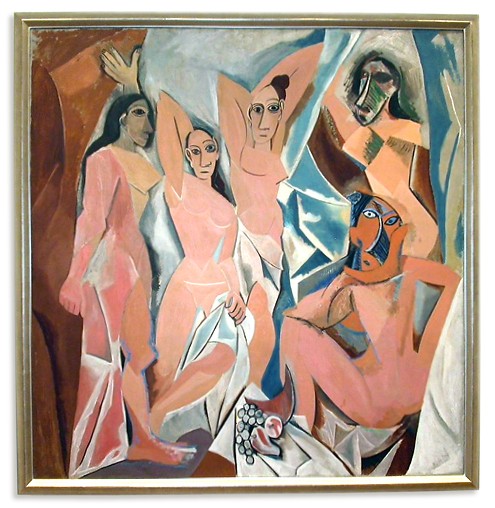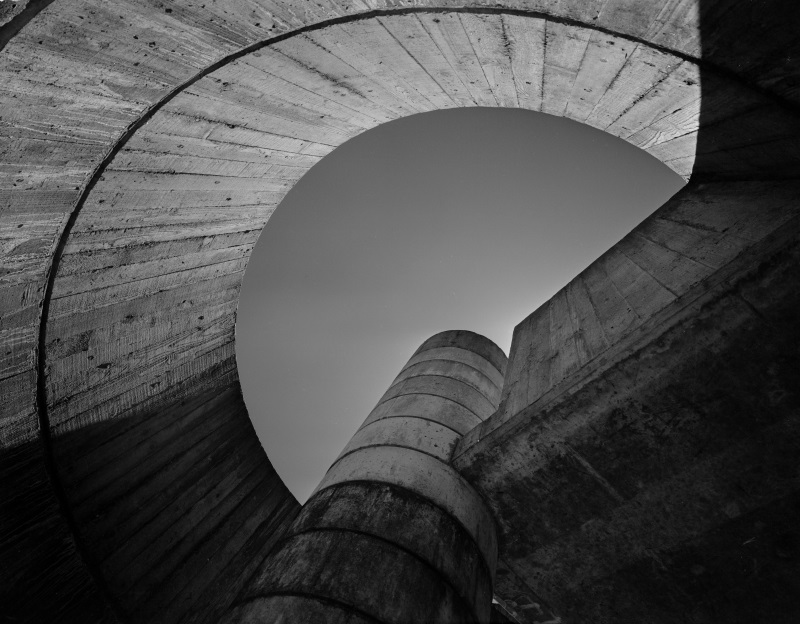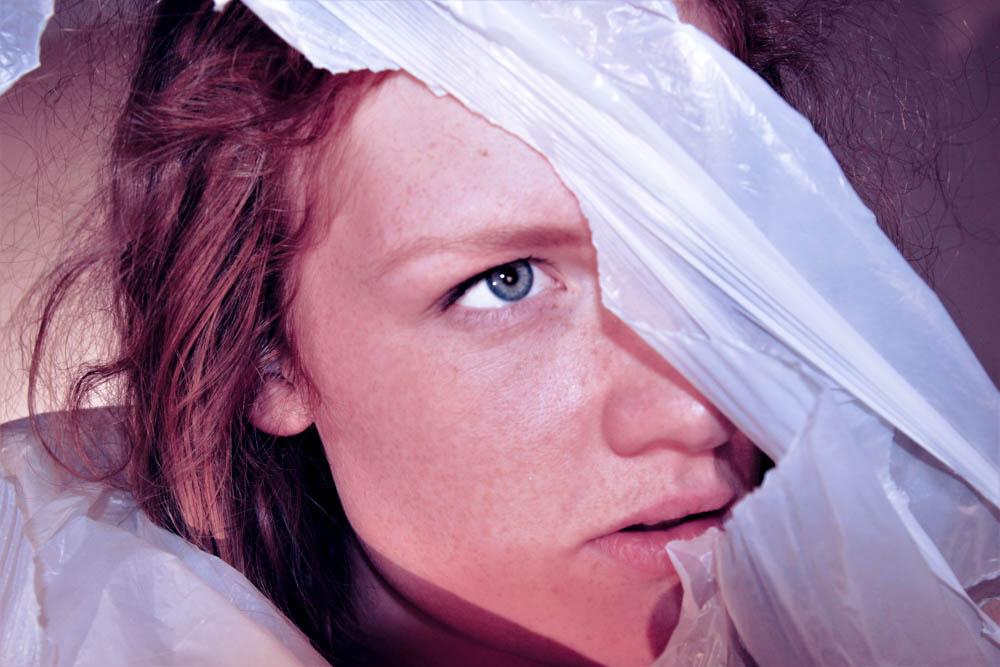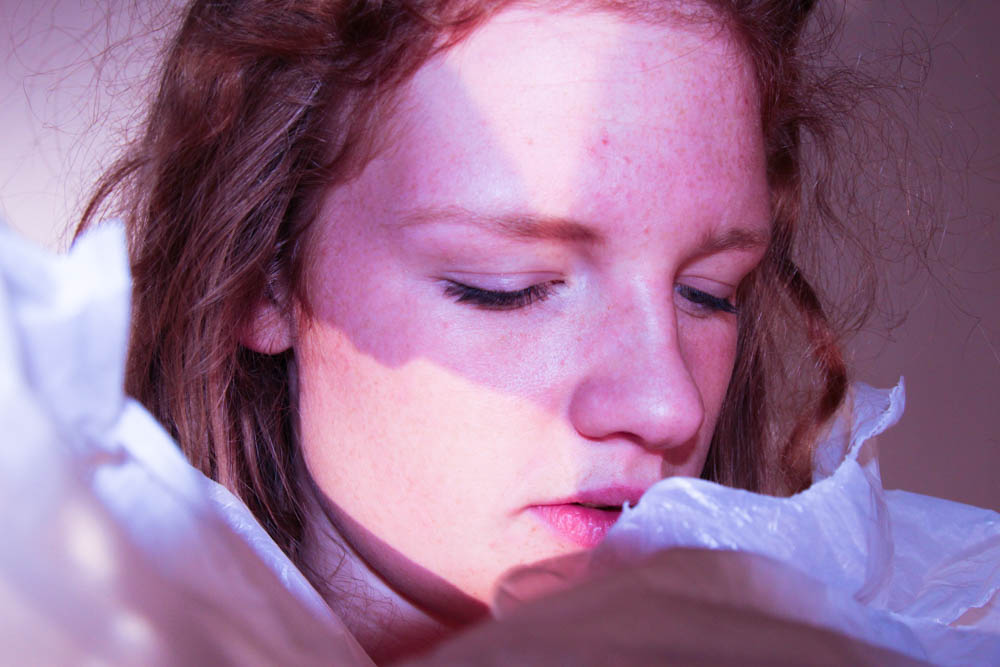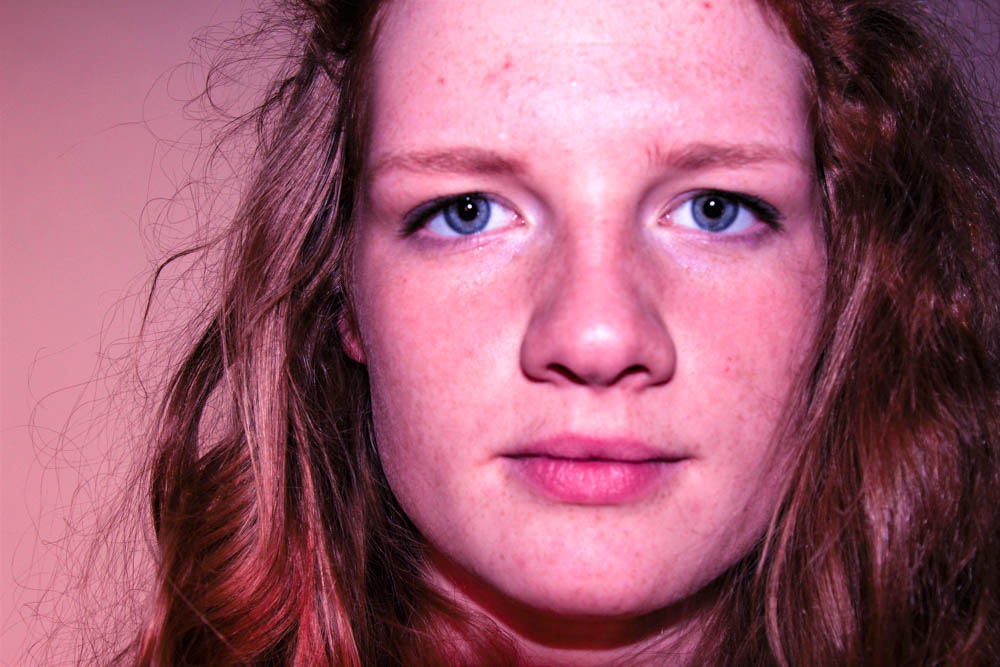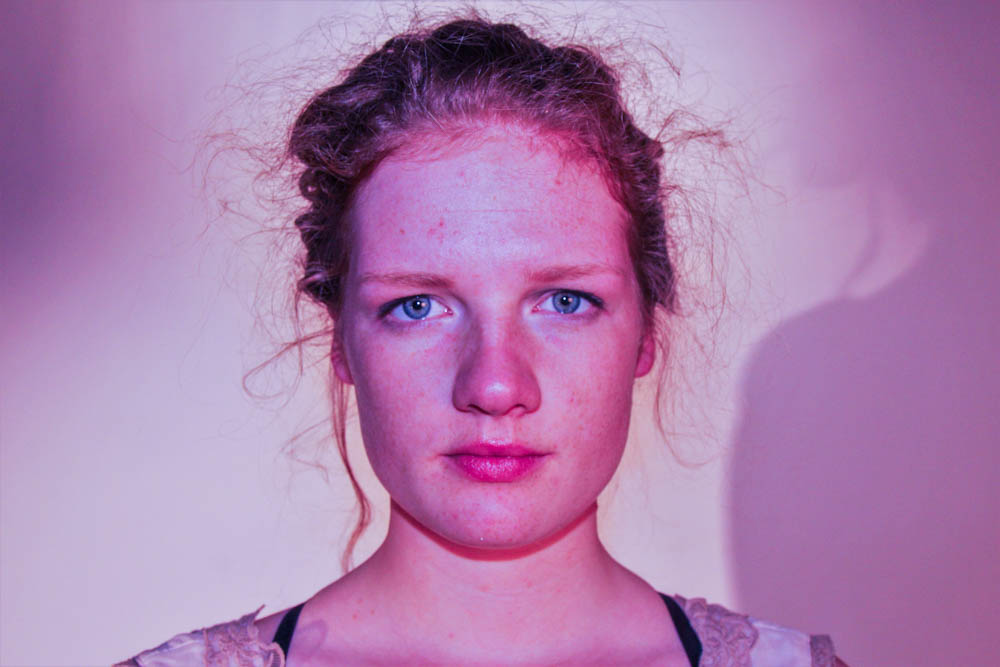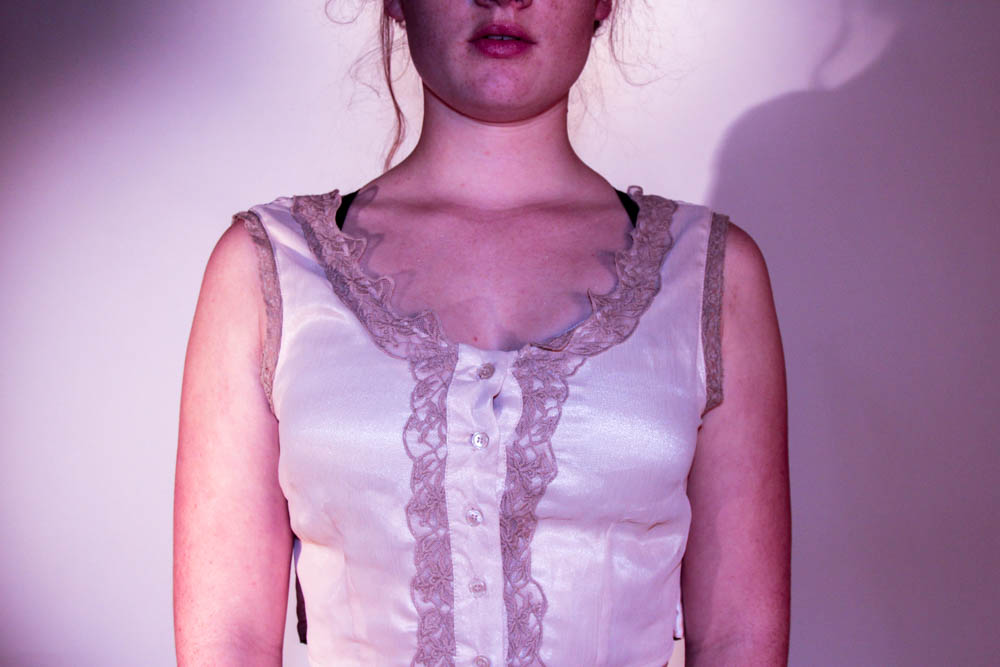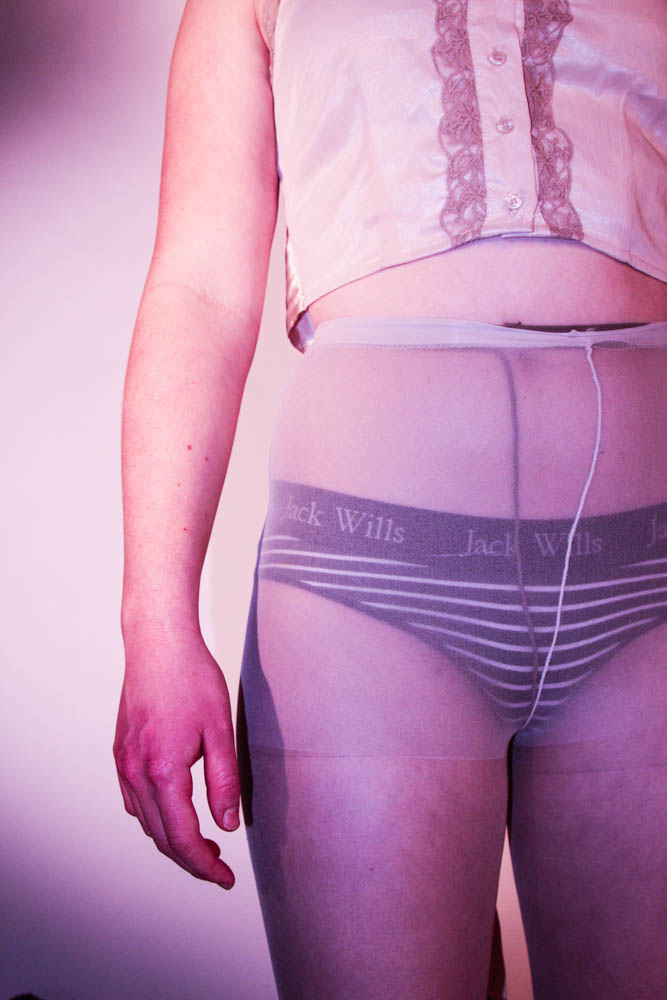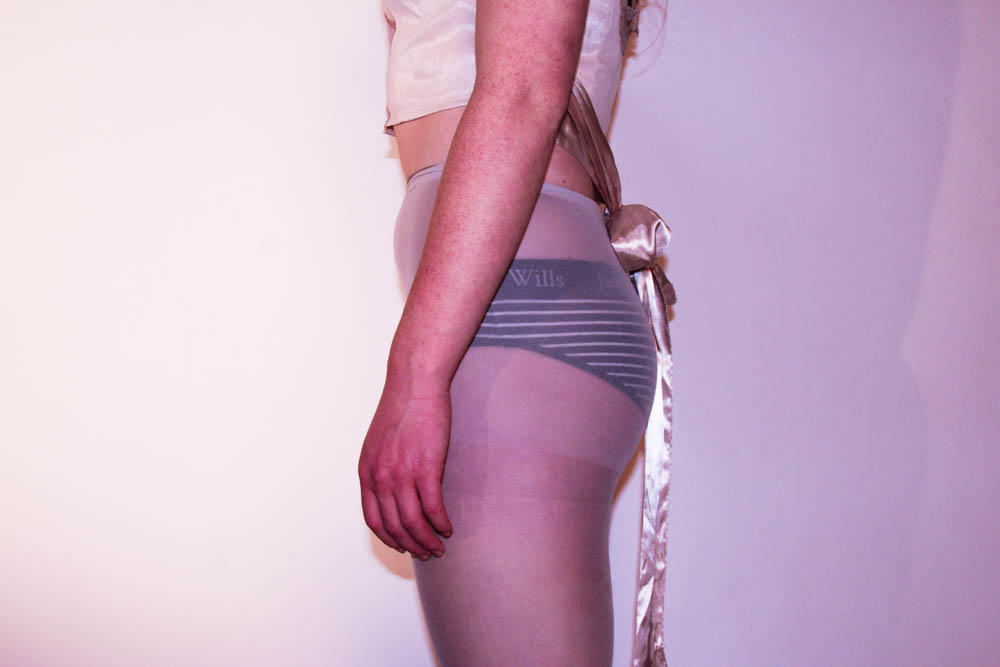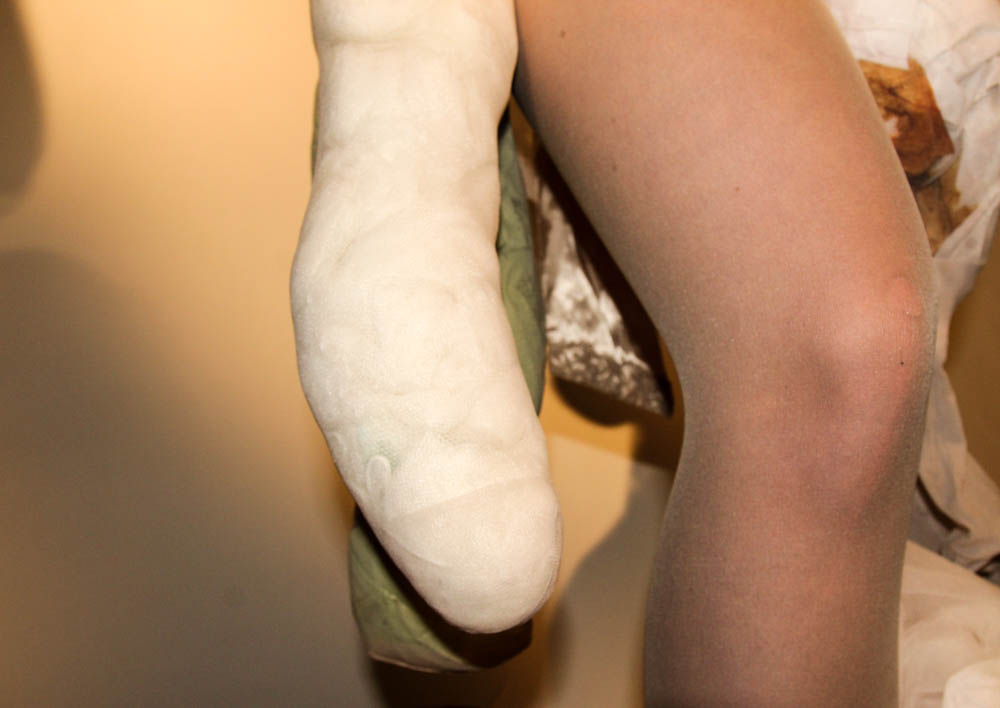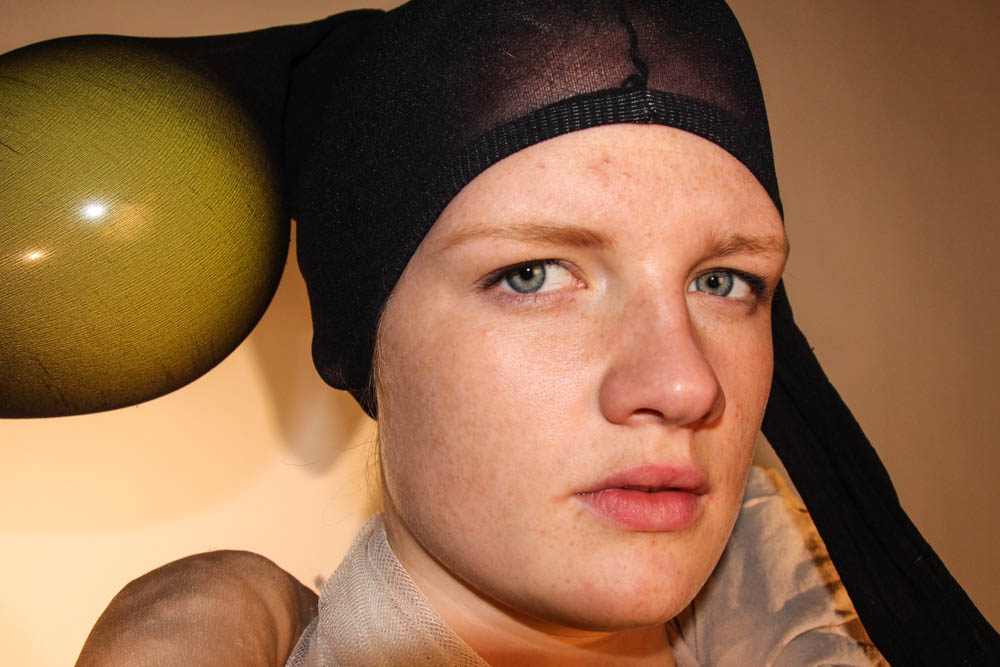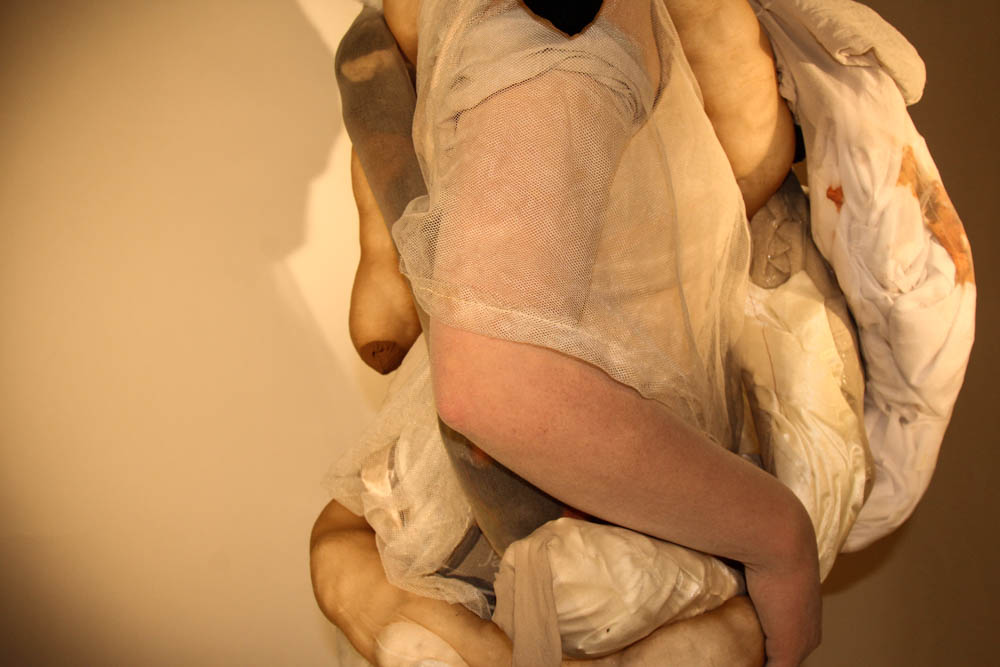In preparation for writing my final essay with will marry with my photo-book, I first looked through previous essay questions, which were tackled by other students in the past to get some inspiration.
The students who tackled the theme of family had questions such as:
How do family photographers Sam Harris and Inaki Domingo capture everyday life and the decisive moment?
How does Phillip Ebeling and Pieter Hugo, express the notion of family history and relationships in their work?
How does my mum’s role as breadwinner abdicate from her culture?
How do Larry Sultan and Sam Harris’ photographs of their family represent the concept of Love?
How do Philip Toledano and Richard Billingham portray their fathers as insiders?
Can the recreation of family portraits show how relationships have developed and changed over time?
There were some people who looked into and studied the theme of Archives and Memory and there questions were slightly different:
How has Boltanski, Abril and Toroptsov represented the concept of capturing the invisible and reflecting the meaning of memory through the medium of photography?
How have concepts of family, separation and memory been explored in the photo books of Sarello, Casanova and Germain?
How are concepts of loss and memory narrativised through the works of Markosian, Toroptsov and Sarello?
How have Yury Toroptsov, Mariela Sancari and Julian Germain reflected upon the themes of memories and remembrance in the construction of their photobooks?
Finally, There were also students who looked at Documentary and Street photography, they came up with a range of questions also:
Is it possible for photography to capture moments in time objectively and truthfully?
Examining the documentary aesthetics: A photograph should not be manipulated, so that its authenticity, veracity and sense of realism can be maintained?
What is the relationship between photography and realism?
How can photography bear witness to the ways of life and events of the world?
What is the relationship between Henri Cartier-Bresson’s theory of the ‘decisive moment’ and subjectivity?
What are the differences and similarities between Henri Cartier-Bresson’s decisive moments and William Klein’s confrontational approach to street photography?
Looking at a range of titled helped me chose one of my own. I have decided to look at Phillip Toledano as a focus point- coming up with a question ‘How does Phillip Toledano explore notions of change, fate and destiny on his work?’ comparing this to my own personal work. I will explore this further to develop my knowledge into Phillip Toledano more, although I have looked at him for my artist reference. I am going to review this question and discuss this with my photography teacher to make sure I am making a clear link between my essay and photo book.






